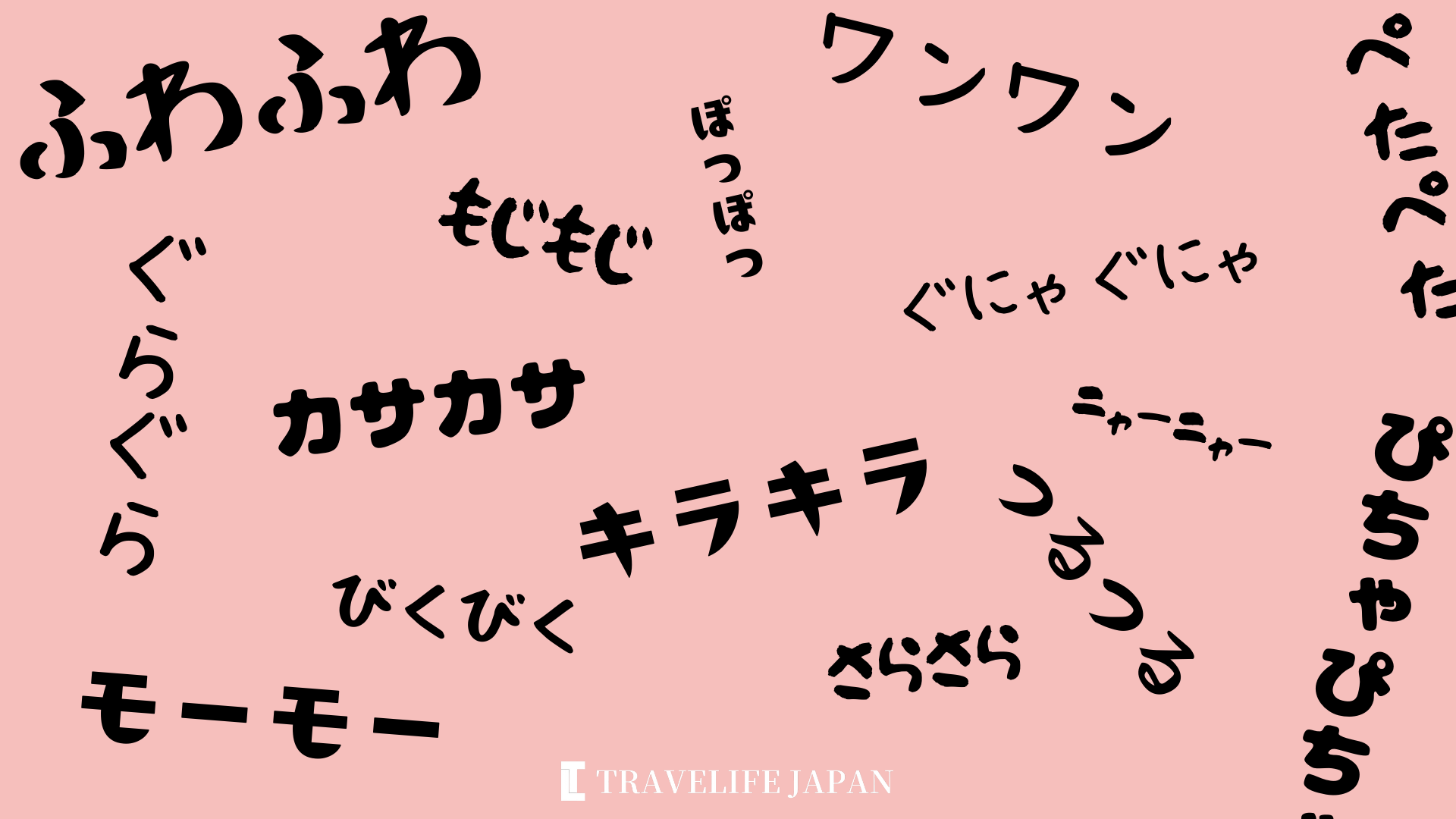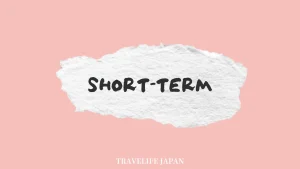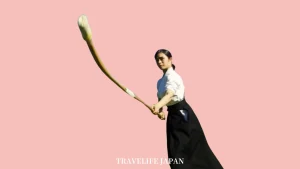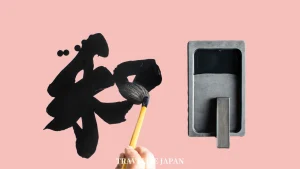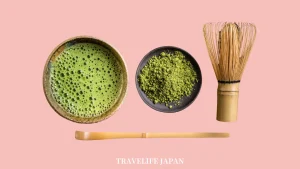What makes Japanese Onomatopoeia so unique? In Japan, these sound-symbolic words are vital for daily conversations, capturing sounds and emotions with remarkable precision. For those learning Japanese, mastering onomatopoeia isn’t just about adding words to your vocabulary; it’s about diving deep into the essence of Japan’s linguistic and cultural expressiveness.
Variety of Japanese Onomatopoeia
Japanese onomatopoeia, with its intricate system and diverse applications, forms an integral part of the language, often reflecting the Japanese penchant for precision and nuance. These sound-symbolic words fall into three main categories: Giongo, Gitaigo, and Giseigo, each serving a unique purpose.
- Giongo (擬音語)
These words mimic actual sounds made by objects or phenomena. They are the closest to what we typically think of as onomatopoeia in English. For instance:- Raindrops: ぽつぽつ (potsupotsu) or ざあざあ (zaazaa) for heavier rain
- Heartbeat: どきどき (dokidoki)
- Explosion: ばーん (baan)
- Gitaigo (擬態語)
Unlike Giongo, Gitaigo represents states or conditions without inherent sounds. They describe situations, emotions, or conditions, giving a vivid sense to the listener or reader about the scenario or feeling. Examples include:- Sparkling or shining: キラキラ (kirakira)
- Feeling dizzy or woozy: くらくら (kurakura)
- Slippery or slimy: ぬるぬる (nurunuru)
- Giseigo (擬声語)
These words imitate sounds made by living creatures, including humans and animals. This category is rich in examples and is often a favorite among learners for its playful and vivid imagery. Some examples are:- Cat’s meow: ニャーニャー (nyānyā)
- Dog’s bark: ワンワン (wanwan)
- Baby’s giggle: ぎゃはは (gyahaha)
Role of Onomatopoeia in Japanese Culture and Language
Japanese onomatopoeia is not merely a linguistic curiosity but a vital part of the tapestry of Japanese culture and communication. Its pervasive use across various facets of life in Japan underscores its significance in both daily interactions and artistic expressions.
- Cultural Significance
- Manga and Anime
Perhaps the most visible use of onomatopoeia in Japanese culture is in manga (Japanese comics) and anime (animated TV shows and movies). These mediums utilize onomatopoeia to visually and audibly represent actions, emotions, and environmental sounds. For example, the sound of a character running might be expressed as ダダダ (dadada), or the sparkle in someone’s eye as キラキラ (kirakira). This use of onomatopoeia enhances the storytelling by providing a dynamic and immersive experience. - Literature and Poetry
Japanese literature, especially poetry, frequently employs onomatopoeic words to convey deeper emotional resonance and vivid imagery. Haiku, a traditional form of Japanese poetry, often includes onomatopoeic words to capture the essence of a moment in nature or human life, creating a sensory experience for the reader. - Advertising and Marketing
Onomatopoeic words are also commonly used in advertising and marketing in Japan. Their catchy and memorable nature makes them effective in brand naming, slogans, and jingles, leaving a lasting impression on consumers.
- Manga and Anime
- Linguistic Importance
- Expressiveness: Onomatopoeia in the Japanese language allows for a high degree of expressiveness. It conveys not just sounds but textures, feelings, and movements. For example, the word ふわふわ (fuwafuwa) doesn’t just imply something soft; it evokes a sense of fluffiness and lightness that a simple adjective might not fully capture.
- Emotional Connection: These words often create a stronger emotional connection with the listener or reader. The use of onomatopoeia can make descriptions more vivid and engaging, enhancing the emotional impact of a conversation or narrative.
- Non-verbal Communication: Onomatopoeia also plays a role in non-verbal communication. It’s not uncommon for Japanese speakers to use onomatopoeic expressions in response to situations, conveying understanding or empathy without needing to formulate complete sentences.
From an educational standpoint, the study of onomatopoeia is essential for anyone learning Japanese. It not only enriches the learner’s vocabulary but also offers insights into the Japanese way of thinking and expressing emotions. Understanding and using these words can significantly improve one’s ability to engage in meaningful and nuanced conversations in Japanese.
Learning Strategies for Mastering Japanese Onomatopoeia
Mastering Japanese onomatopoeia involves a multifaceted approach, blending immersion, active learning, interaction, and cultural engagement. Immersing oneself in Japanese media like manga, anime, TV shows, and movies provides contextual understanding of these sound-symbolic words. Active learning through flashcards, mnemonic devices, and regular practice in speaking and writing helps in memorization and application. Engaging in language exchanges with native speakers and participating in online forums offers practical experience and insights into informal and conversational uses of onomatopoeia. Additionally, utilizing educational resources such as dedicated language apps, websites, and specialized books can provide structured learning paths. Cultural engagement through participation in Japanese festivals or cooking Japanese cuisine also offers unique opportunities to encounter and use onomatopoeia in real-life contexts. By integrating these strategies, learners can not only grasp the nuances of Japanese onomatopoeia but also deepen their overall proficiency in the Japanese language.
List of Popular Japanese Onomatopoeia
| Category | Onomatopoeia | Meaning |
|---|---|---|
| Giongo (擬音語) | ぽつぽつ (potsupotsu) | Light raindrops |
| どきどき (dokidoki) | Heartbeat | |
| ばーん (baan) | Explosion | |
| じとじと (jitojito) | Damp | |
| さらさら (sarasara) | Rustling | |
| ぱちぱち (pachipachi) | Crackling | |
| ごろごろ (gorogoro) | Rumbling | |
| ざあざあ (zaazaa) | Heavy rain | |
| ぴちゃぴちゃ (pichapicha) | Splashing | |
| びしょびしょ (bishobisho) | Soaking wet | |
| Gitaigo (擬態語) | キラキラ (kirakira) | Sparkling |
| ぐらぐら (guragura) | Wobbling | |
| ぬるぬる (nurunuru) | Slippery | |
| ぺたぺた (petapeta) | Sticky | |
| ふわふわ (fuwafuwa) | Fluffy | |
| くらくら (kurakura) | Dizzy | |
| つるつる (tsurutsuru) | Smooth | |
| もじもじ (mojimoji) | Fidgeting | |
| ぐにゃぐにゃ (gunyagunya) | Floppy | |
| びくびく (bikubiku) | Trembling | |
| Giseigo (擬声語) | ニャーニャー (nyānyā) | Cat’s meow |
| ワンワン (wanwan) | Dog’s bark | |
| ぎゃはは (gyahaha) | Baby’s giggle | |
| コケコッコー (kokekokkoo) | Rooster’s crow | |
| モーモー (moomoo) | Cow’s moo | |
| ブーブー (buubuu) | Pig’s oink | |
| ガオー (gaoo) | Lion’s roar | |
| メェメェ (mee-mee) | Sheep’s bleat | |
| クエックエッ (kuekkuek) | Frog’s croak | |
| チュンチュン (chunchun) | Bird’s tweet |
When it comes to Japanese onomatopoeia, both Hiragana and Katakana can be used, and the choice between them can sometimes carry subtle nuances. Here’s how you can differentiate and understand the use of Hiragana and Katakana in Japanese onomatopoeia:
- Use of Hiragana in Onomatopoeia
- Softer or Gentler Sounds
Hiragana is often used for onomatopoeic expressions that are softer, gentler, or more subtle. The rounded shapes of Hiragana can convey a softer, more flowing sound. - Mimicking Everyday Sounds
Onomatopoeic words that mimic everyday sounds, like rustling leaves or a heartbeat, are frequently written in Hiragana. - Examples
ひそひそ (hisohiso – whispering), こそこそ (kosokoso – sneaking), どきどき (dokidoki – heartbeat).
- Softer or Gentler Sounds
- Use of Katakana in Onomatopoeia
- Sharper or Stronger Sounds
Katakana is often used for onomatopoeic expressions that are sharper, louder, or more impactful. The straight lines and angles of Katakana can suggest a more abrupt or striking sound. - Mimicking Mechanical or Unnatural Sounds
Sounds that are mechanical, artificial, or non-traditional are often written in Katakana, such as sounds from machines, gadgets, or foreign-sourced noises. - Examples
ドカン (dokan – loud explosion), バリバリ (baribari – crunching or ripping sound), ピカピカ (pikapika – sparkling).
- Sharper or Stronger Sounds
- Contextual Usage
- Author’s Preference
Sometimes, the choice between Hiragana and Katakana can be stylistic, based on what the author feels is more aesthetically pleasing or effective for the context. - Emphasis
Katakana might be used for emphasis or to make a particular sound stand out in a sentence, much like italics or bold type in English. - Audience or Medium
In children’s books or materials for language learners, Hiragana might be more commonly used due to its association with basic Japanese literacy. In contrast, manga or advertising might use Katakana for visual impact.
- Author’s Preference
Conclusion
Japanese onomatopoeia is more than just a list of sound-imitating words; it’s a vibrant and integral part of the language that offers insight into Japanese culture and thought. For those looking to learn Japanese, embracing the complexity and joy of these words can greatly enhance their linguistic skills and cultural understanding. As a window into the emotive and descriptive capabilities of the language, Japanese onomatopoeia is an essential and delightful aspect of study for any language enthusiast.
\ Follow Our Community /
STUDY IN JAPAN
INQUIRE NOW
Please feel free to seek our help at NO COST.
We are looking forward to meeting you!
